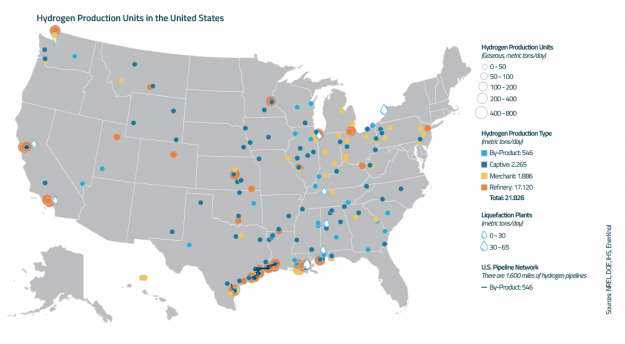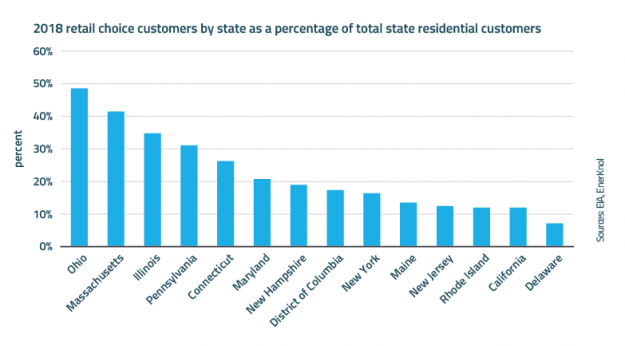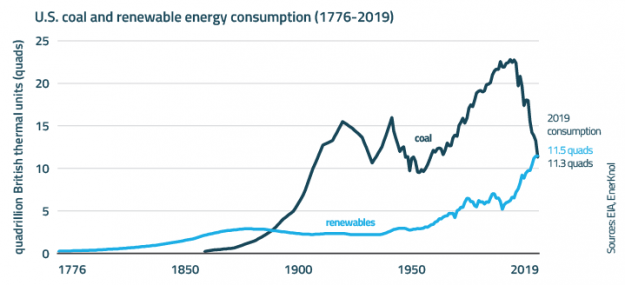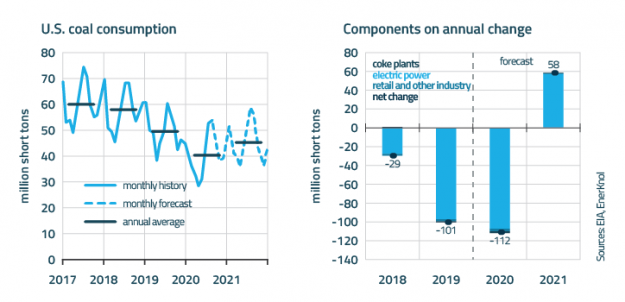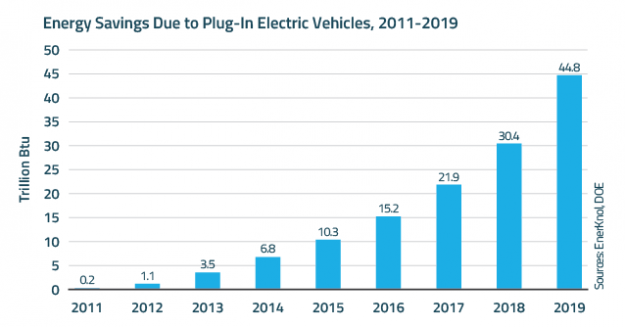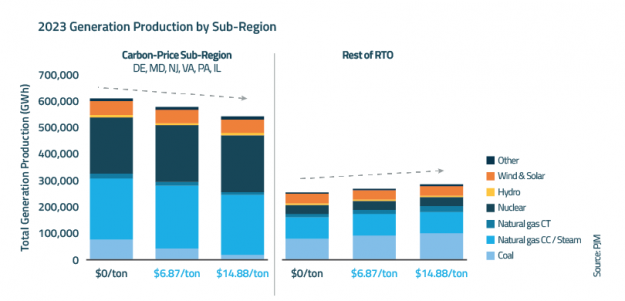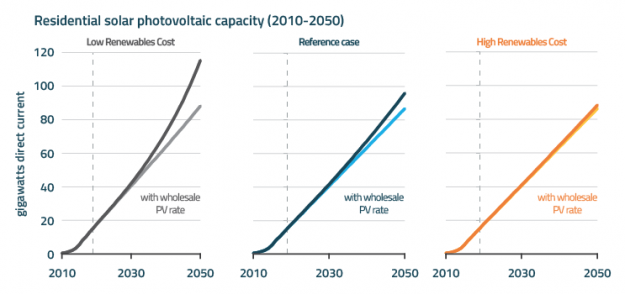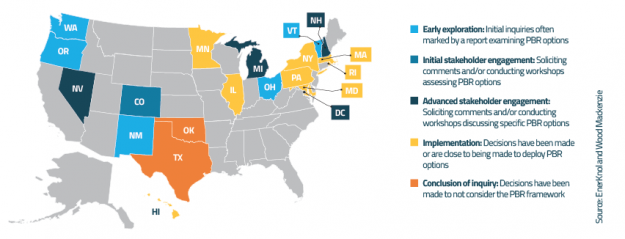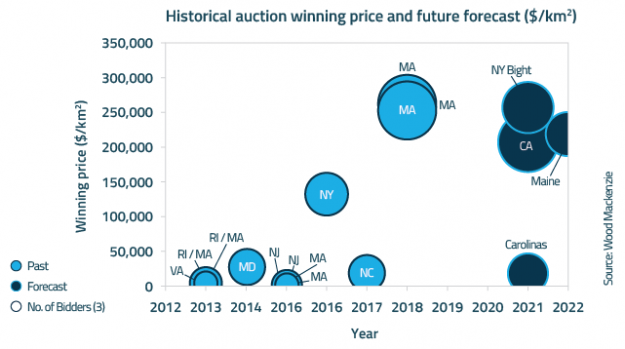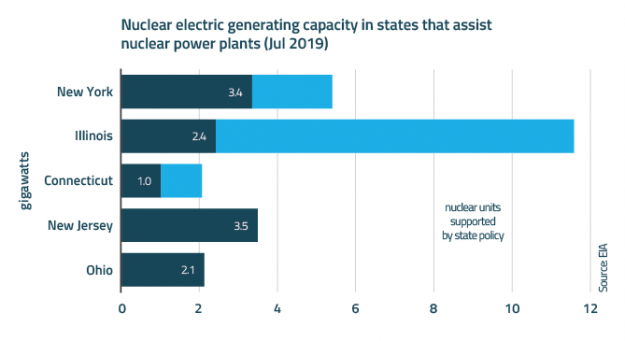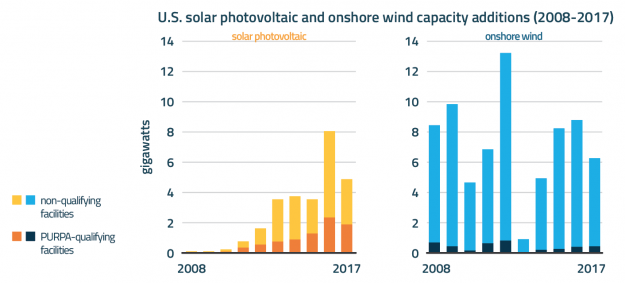Visual Primer: Hydrogen Offers Promising Potential for Clean Energy Transition
Hydrogen is emerging as an important player in the U.S. energy landscape because of its ability to decarbonize multiple sectors. A number of exciting projects harnessing the technology are taking shape as hydrogen and fuel cells can store energy to help enhance the power grid and maximize opportunities to deploy renewable energy.
